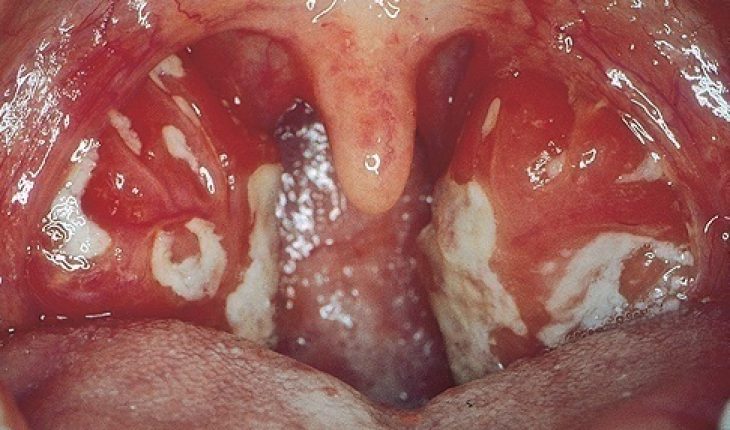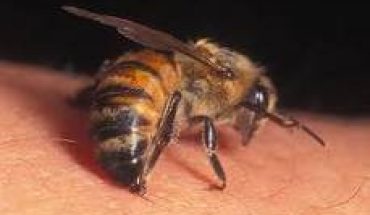Mono or Mononucleosis is caused by a virus that is transmitted via the saliva, or through close contact with an infected person. It is therefore sometimes referred to as the kissing disease. The infection often manifests in the teenage years although it may occur at any age. The common virus that causes the disease is the Epstein-Barr virus (EBV) which accounts for as much as 90% of all mono cases. The disease may be asymptomatic in some individuals, or present symptoms that mimic that of the common cold. Because of this many cases of mono are not diagnosed. Many people who are infected with the EBV may only realize later in life when tests confirm the presence of EBV antibodies. The other known pathogen that may trigger mono is cytomegalovirus (CMV), this is, however, a less common cause.
Typical symptoms of Mono
The major symptoms of the infection closely resemble those exhibited by strep throat, and the common cold or flu. Symptoms tend to manifest more readily in the teenage years. In childhood, especially before the age of five, the symptoms of the disease are far less obvious, and sometimes do not appear after infection with the virus. The stand out symptom of mono tends to be a severe sore throat. Other symptoms of the infection are:
- Very high fever.
- Enlargement of the lymph nodes in the armpit, neck and or groin area.
- Nausea.
- Decreased appetites.
- Muscular aches and pain.
- Persistent headache.
- Sore throat that lasts a few days or weeks, and slightly impairs swallowing.
- Rash on the skin, typically in conjunction with the consumption of antibiotics.
- Extreme tiredness that may last a few weeks or months, or in more extreme cases years.
Less common symptoms of Mono
The infection may trigger other symptoms not readily detectable including an enlarged liver and spleen. Joint pain may be observed in some cases. Jaundice, that is, yellowing of the eyes and the skin is possible, and is related to the effect the infection has on the liver.
How is mono diagnosed
Typically a blood test may be used to determine the presence of mononucleosis. This is called the mono spot test. A liver test may be carried out especially if jaundice and liver enlargement are observed. Other tests may be performed to rule out any other possible infections.
How long will symptoms last
In general the major symptoms will last anywhere between 2 to 4 weeks. The fever and sore throat are usually the first to disappear. These will persist for no more than a month. The feeling of fatigue may last longer. Some individuals report feeling tired for years after they are first diagnosed. The overall feeling of fatigue typically starts to recede over the period of a few months, and most people will be able to continue doing regular activities after the initial symptoms have cleared.
Conclusion
Once a person is suspected of having mono, he or she should avoid sharing beverages with others, and any form of intimate contact. Though the disease is fairly contagious, with good hygiene practices an infected individual may not necessarily transmit the disease to anyone else.





